
ASU Prep Earth Space Science course
Long before Galileo first pointed his telescope to the heavens, humans were fascinated with space. What does it reveal about life on Earth? And how can we use that knowledge to create a better world?
What makes ASU Prep high school Earth Space Science course unique?
In this course you’ll explore the origins of the universe, Earth’s formation, and how connected spheres have allowed life to evolve from single-celled organisms to life as we know it today. You’ll also discover how humans are impacting this delicate balance.
Earth Space Science course features
Highly engaging
Students chart a course through engaging 3D simulations, exploring our solar system, the Earth and its features, and our role in the universe.
Comprehensive
All ASU Prep courses are aligned with standards and prepare students for high stakes testing and college entrance exams.
Relevant
Lessons include real-life experiences and examples relevant to today’s students.
Interactive
This course asks students to actively participate in the learning and provides instant feedback to spark curiosity and clarify concepts.
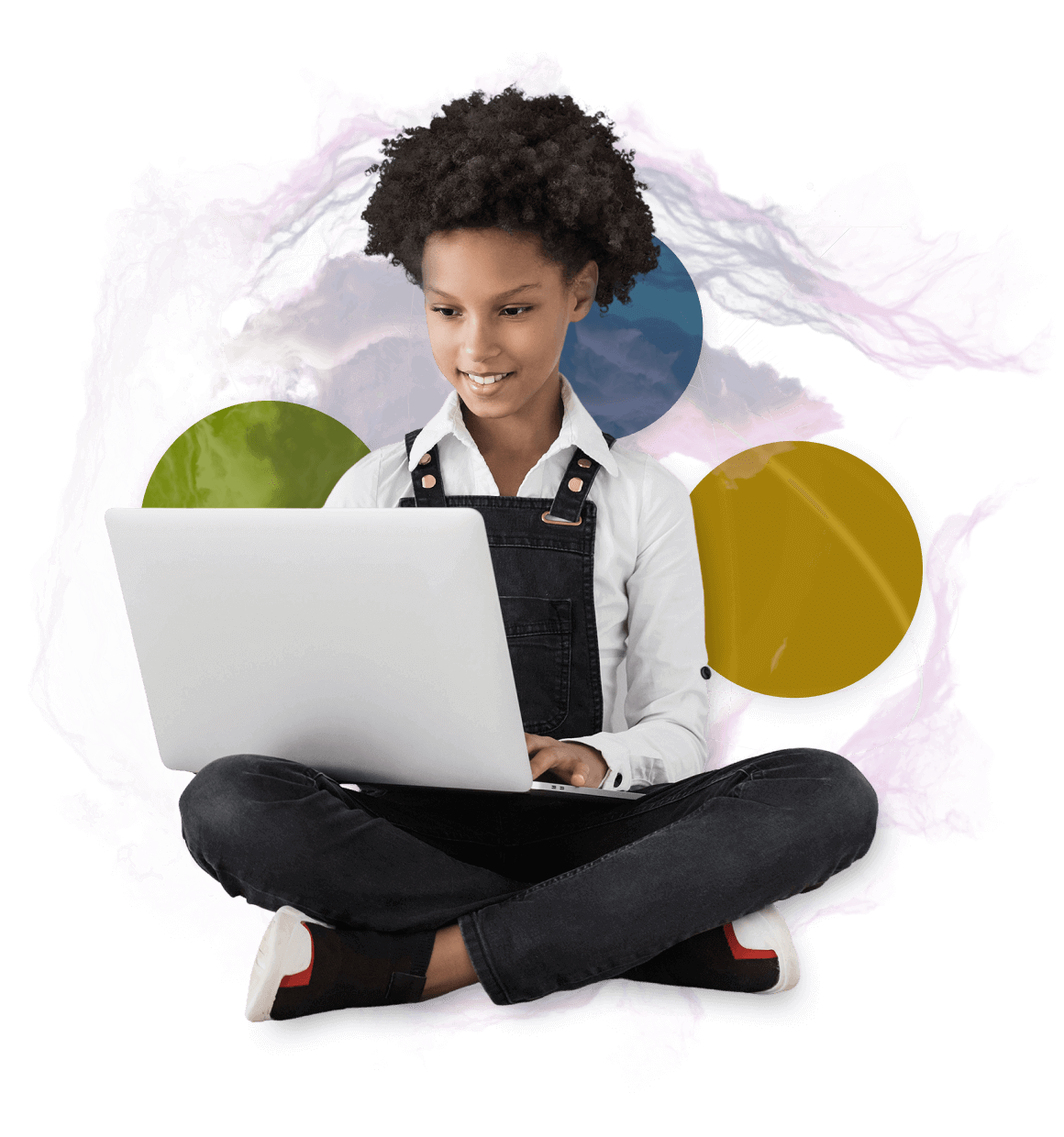
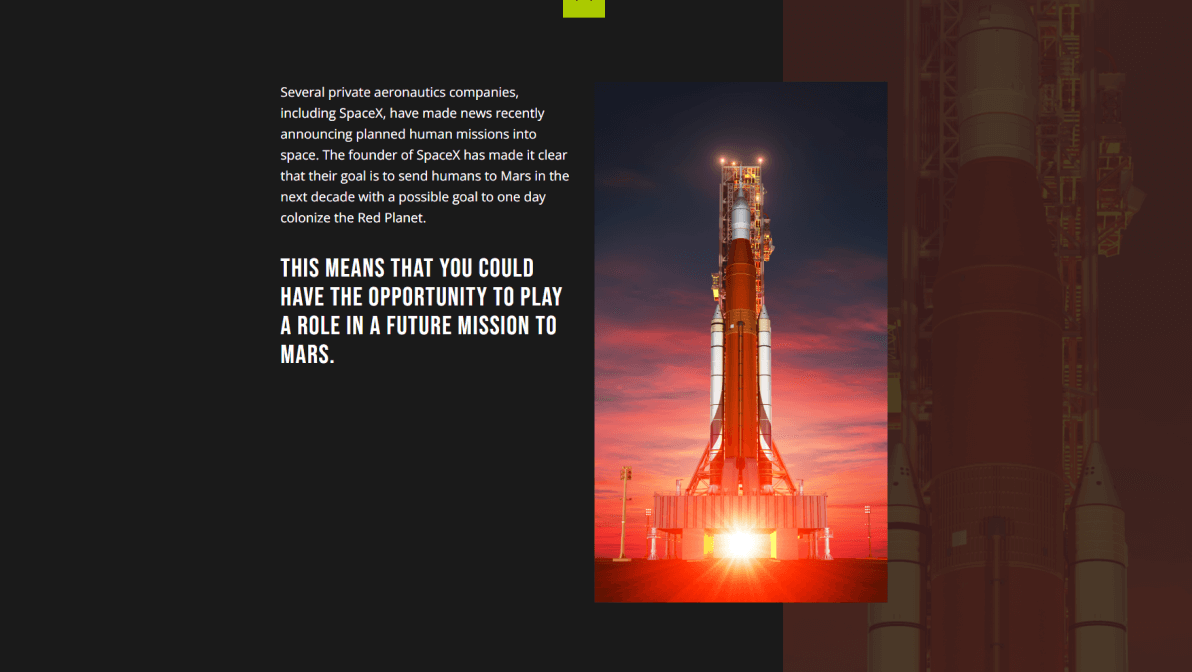
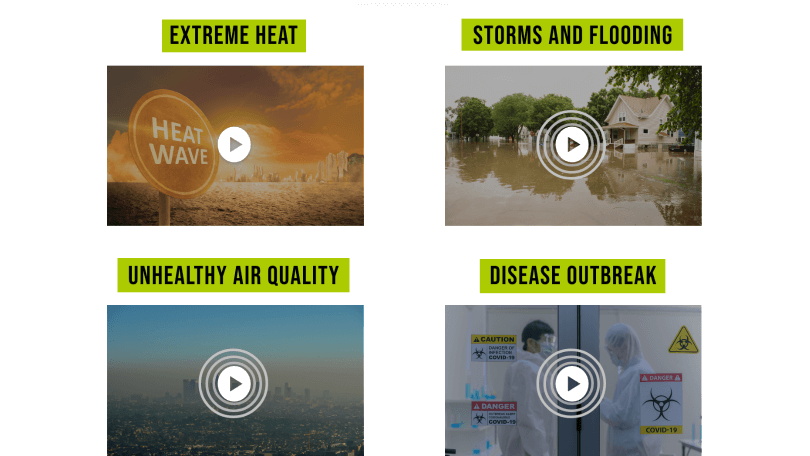
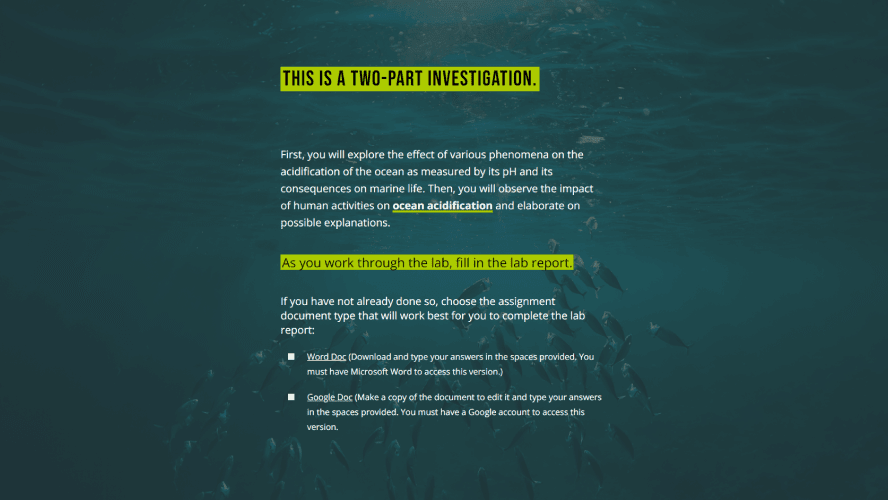
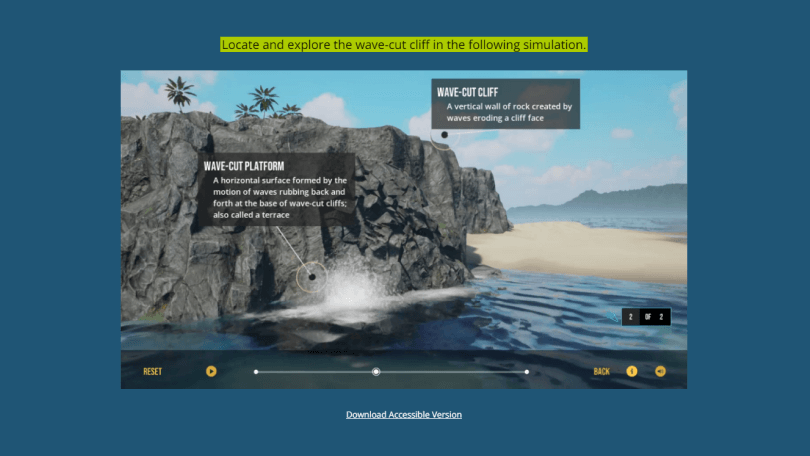

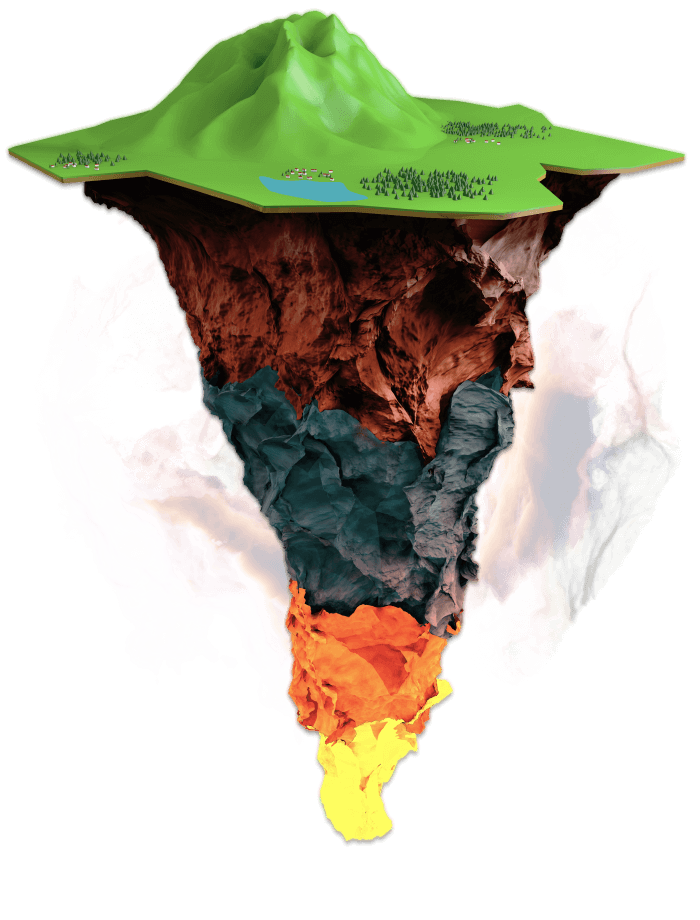
Deeper learning comes from discovery
In this Earth Space Science course you’ll explore 3D models of Earth and its complex systems as they evolve over time, then use prior knowledge and context clues to both ask and answer questions. Meaningful feedback will guide you to understanding.
High school Earth Space Science course highlights
- Immersive 3D simulations provide an interactive and realistic experience, allowing students to explore topics such as weather patterns, erosion processes, and the impact of human activities on delicate ecosystems.
- Interactive labs allow students to investigate topics such as planetary orbits, plate tectonics, and biodiversity, gaining hands-on experience and fostering a deeper comprehension.
- Case studies encourage students to dive into real-world scenarios and use their knowledge and analytical abilities to examine and solve problems.

My students love the beautiful images, the interactives, and the opportunity to apply their learning to solve real-life problems.”
